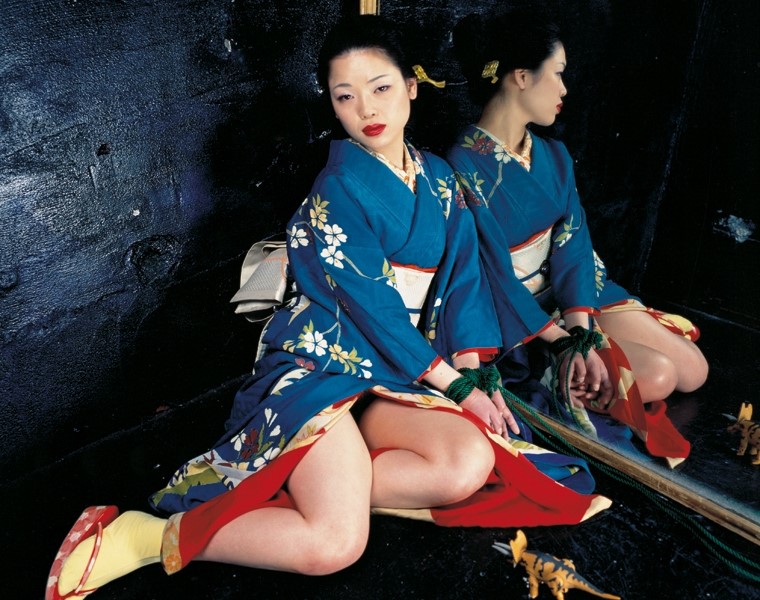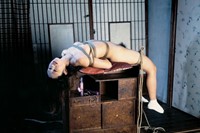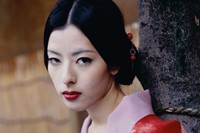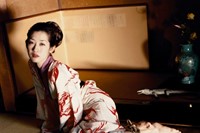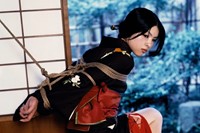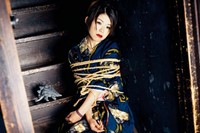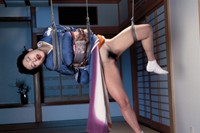A new book from Taschen sheds fascinating light on Nobuyoshi Araki and his long-time fascination with Kinbaku-bi: “the beauty of tight binding”
From his wife in a state of sexual climax to his explicitly masochistic nude portraiture, photographer Nobuyoshi Araki has long divided opinion with his notoriously erotic choices of subject matter. His critics have fought for censorship of his work, particularly in his native Japan, and dubbed him nothing more than a misogynistic pornographer, but this has never deterred Araki, who remains one of the country’s most prolific artists. One of the most recent publications of his work is a set of three limited art edition books by Taschen, Nobuyoshi Araki. Bondage, which focus on one of his long-time fascinations and most important subjects: Kinbaku-bi, literally “the beauty of tight binding”.
"There is no conclusion," Araki once said. "It's completely open. It doesn't go anywhere"
Bondage, in a sexual context, first emerged in Japan in the late Edo period (the mid-1800s), but wasn’t popularised until the 1950s, when magazines like Kitan Club and Yomikiri Romance began printing the first naked bondage photographs, and the 1960s, when Nawashi (rope masters) began to appear in live S&M shows. Kinbaku is generally practiced with ropes that are six to eight metres in length and is based on specific rope patterns for binding and suspension.
The images in the, aptly Japanese bound, box set vary in mood and subtlety – from a barely visible wrist-binding on a girl in traditional dress, who leans serenely against a mirror, to a woman suspended from the ceiling, face-on, with a pointedly positioned flower between her legs (spread akimbo). There is certainly something mesmerising about the subject matter, whether the intriguing, tantalising nature of the binding tradition, or simply the graphic shamelessness of some of the poses; but, regardless of whether the content is to everyone's taste, there is no denying the photographs' demonstration of Araki's much-applauded mastery of composition, colour and tone: at times washed-out and delicate, at others bold and striking. The contrasting use of photographic effects and varying explicitness of subject matter are typical of Araki's open-ended approach and his attempt to avoid moralistic classification: "There is no conclusion," he once said. "It's completely open. It doesn't go anywhere."
Nobuyoshi Araki. Bondage is published by Taschen and will be available from September 25.
